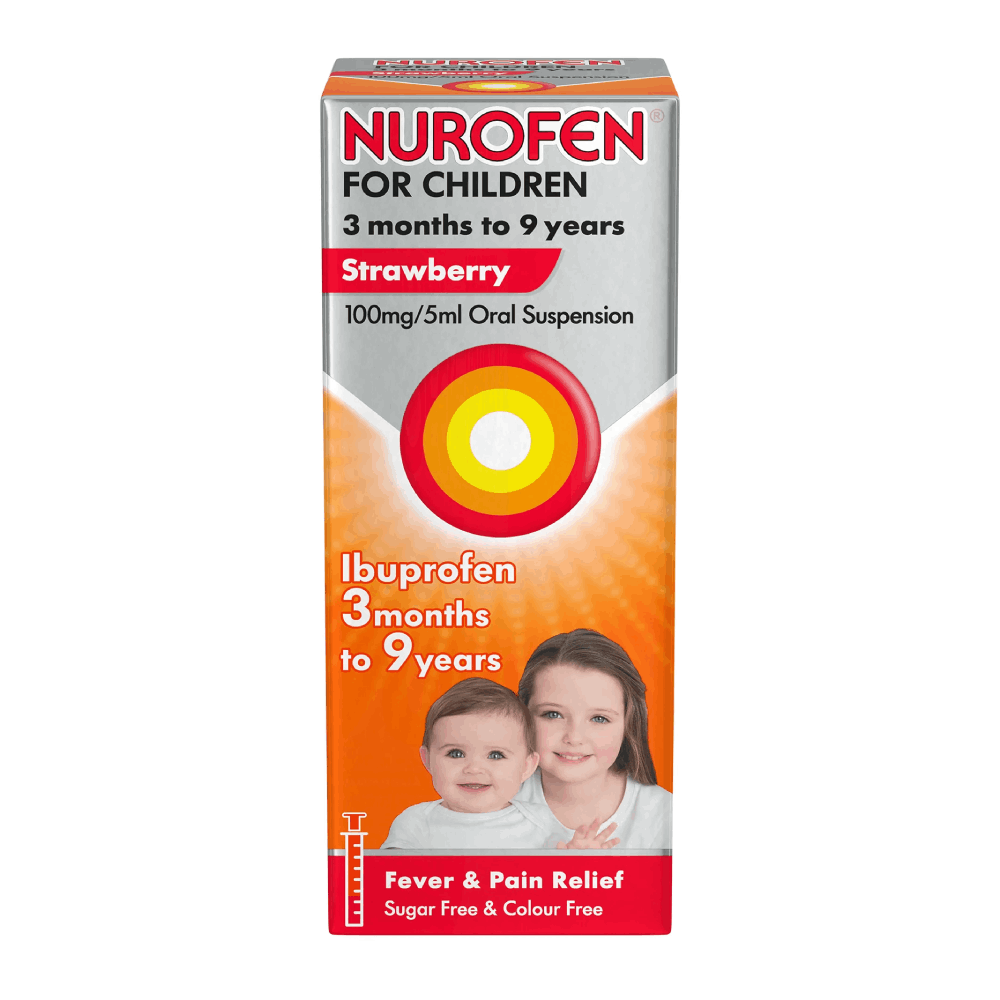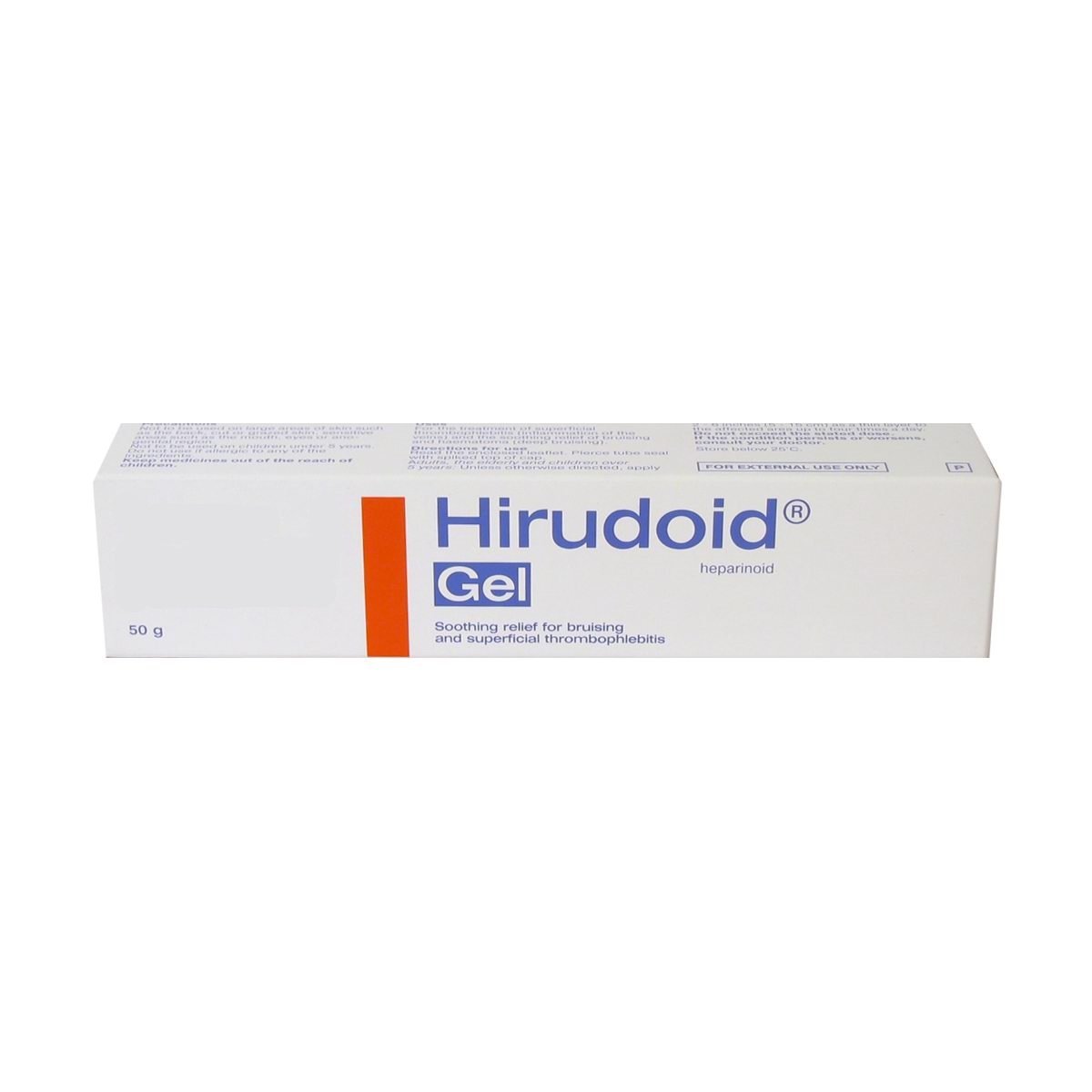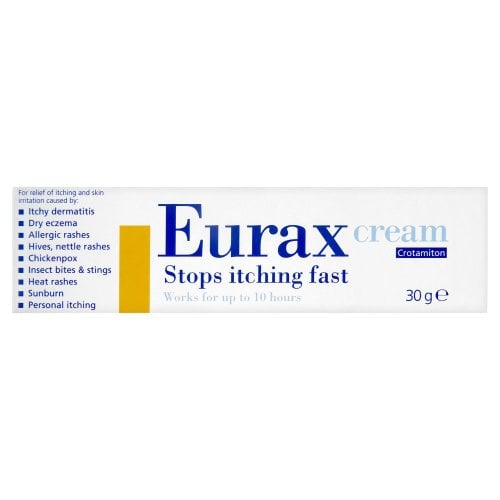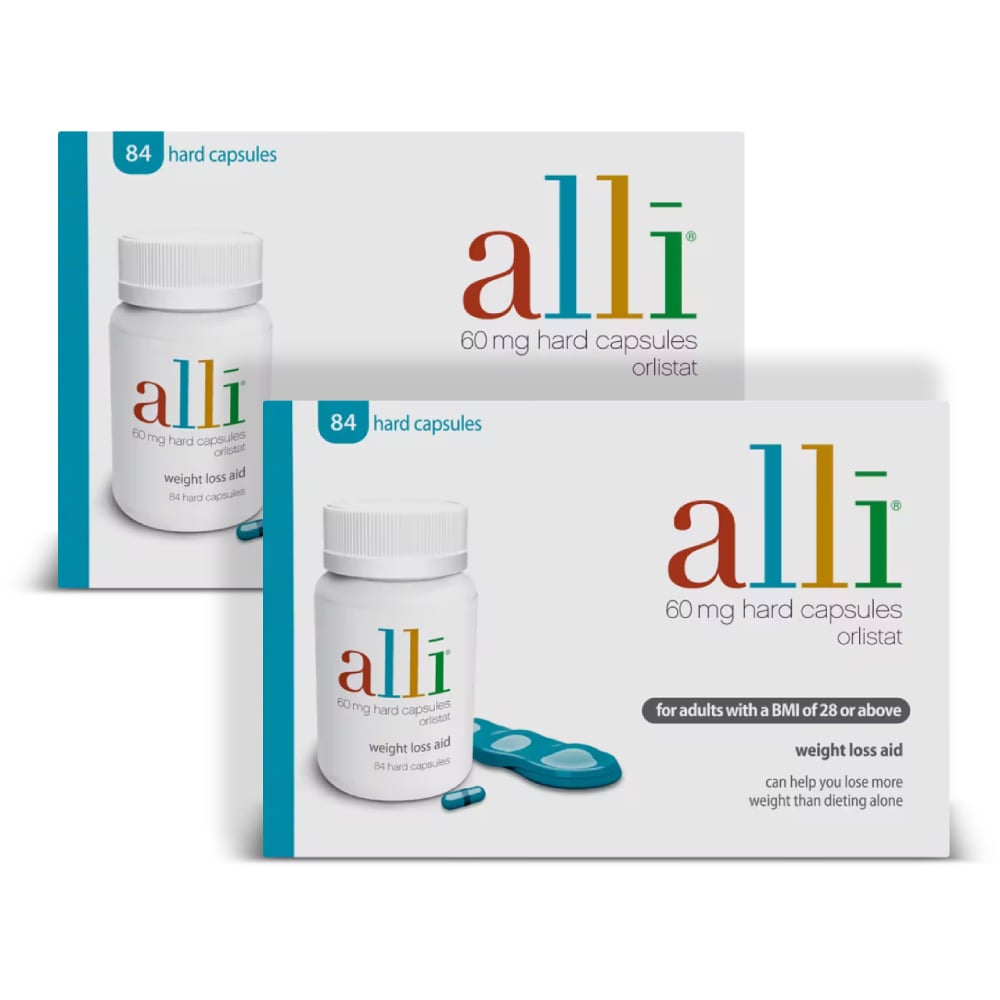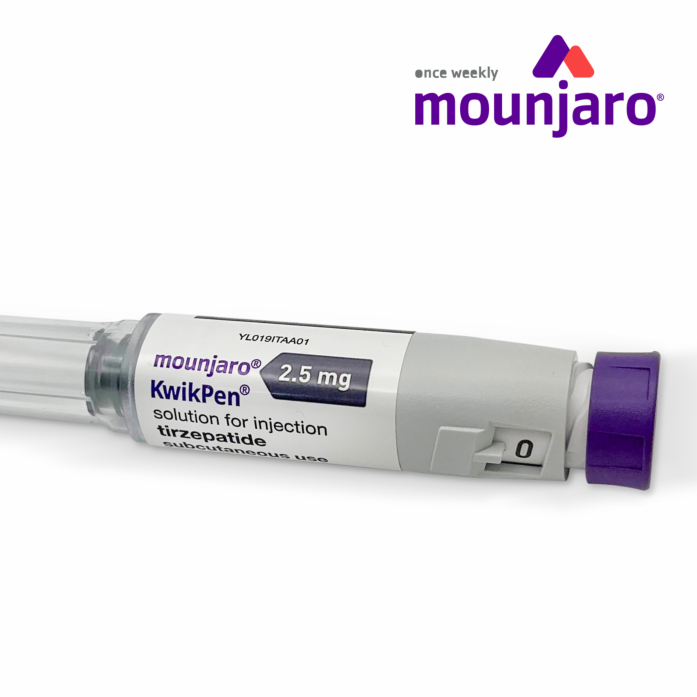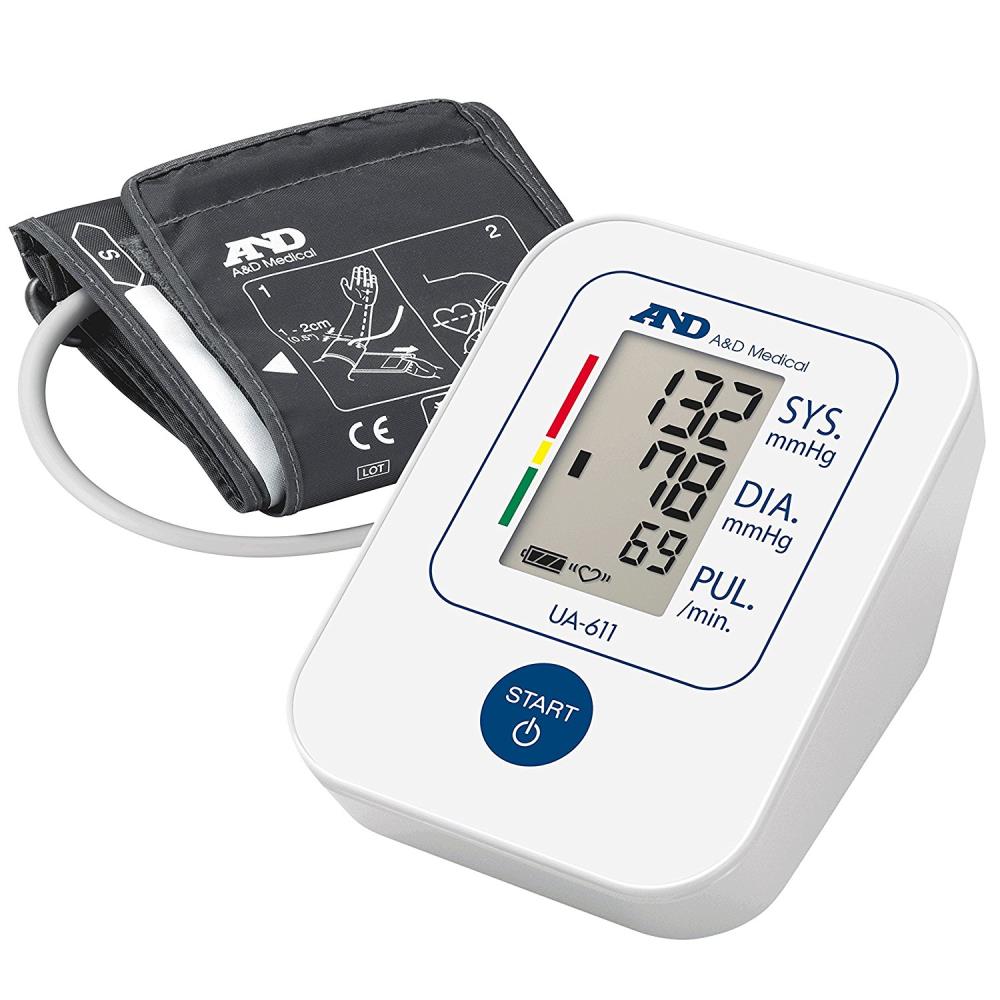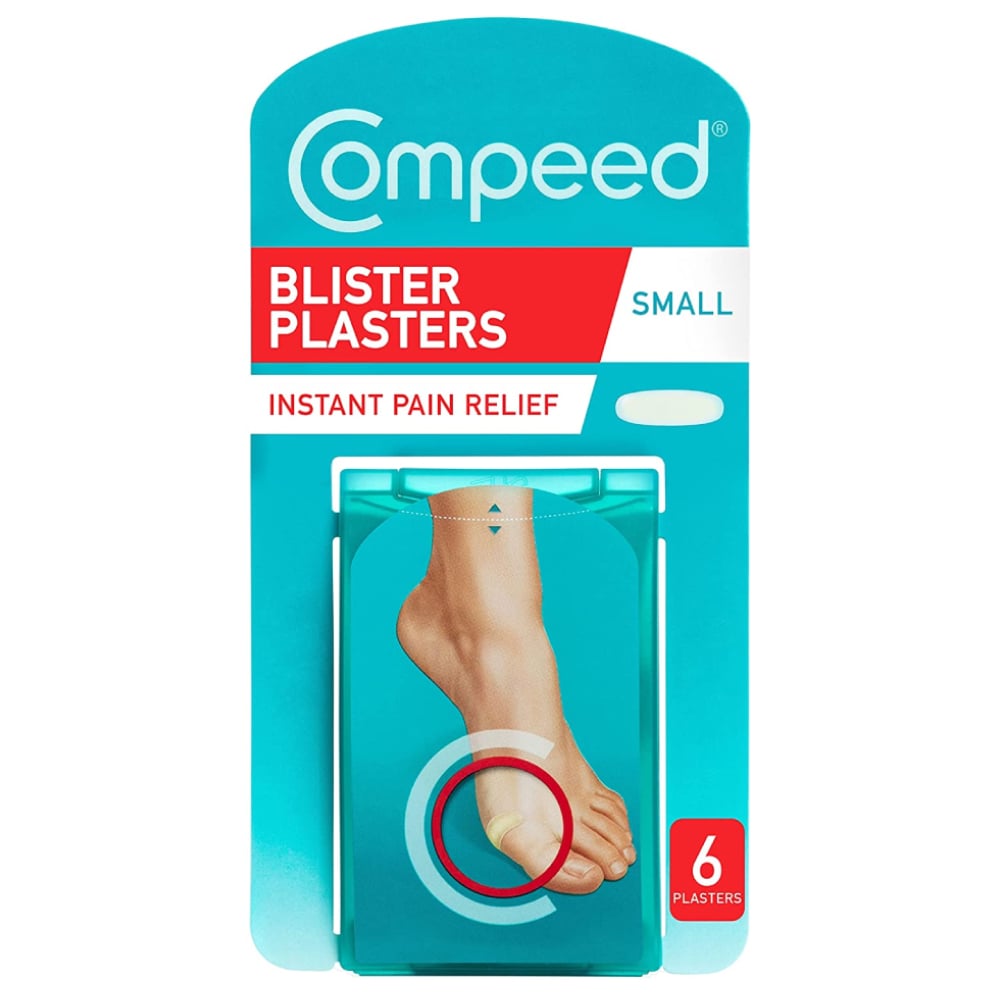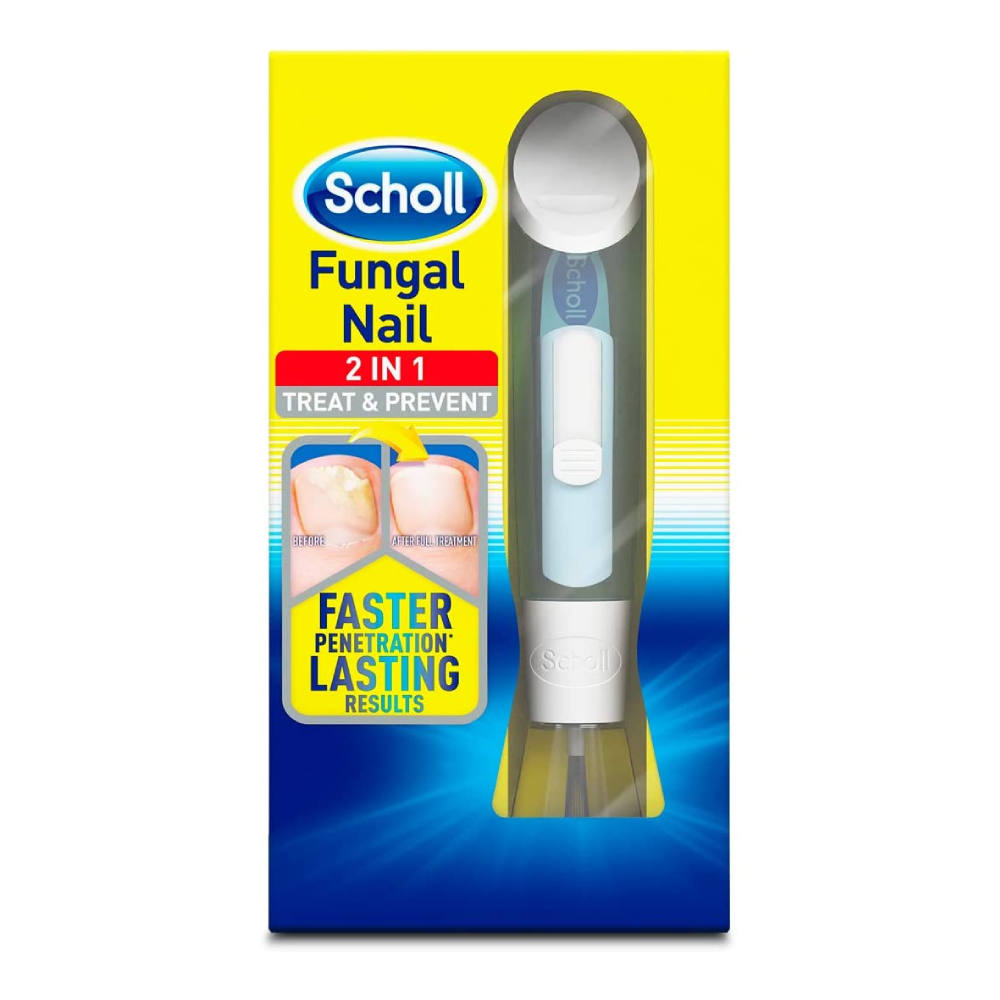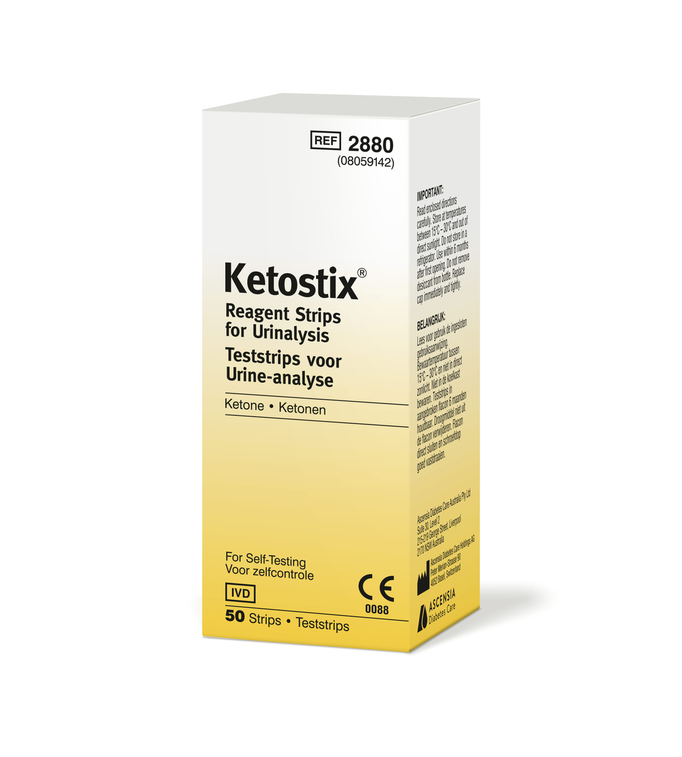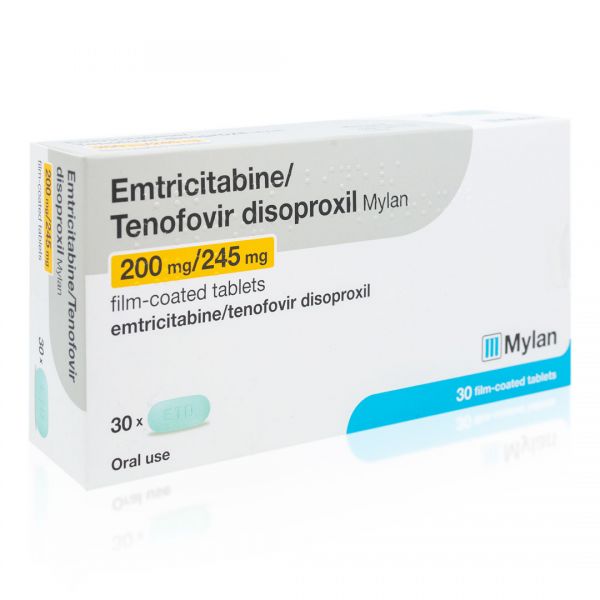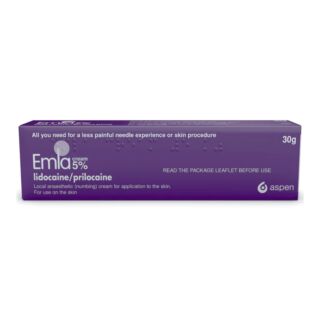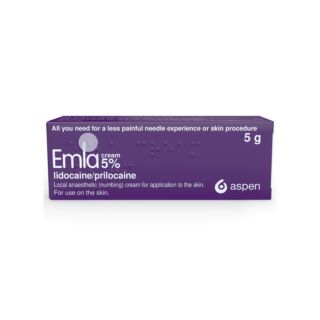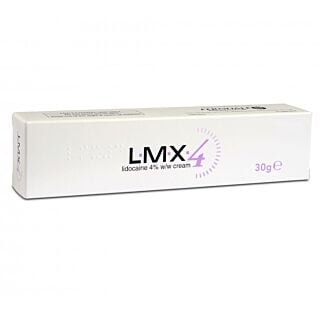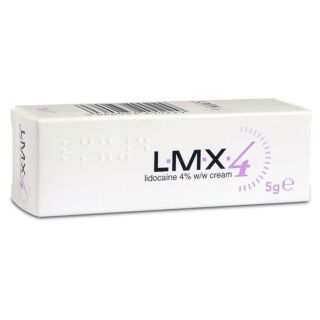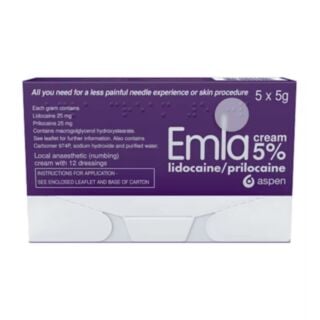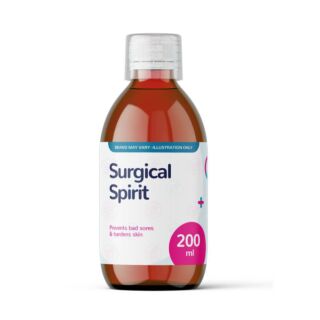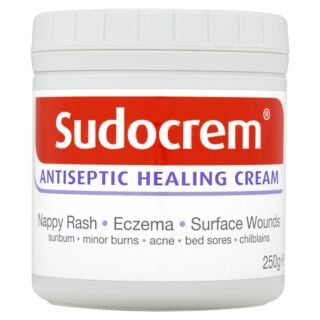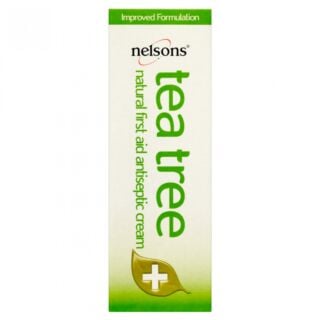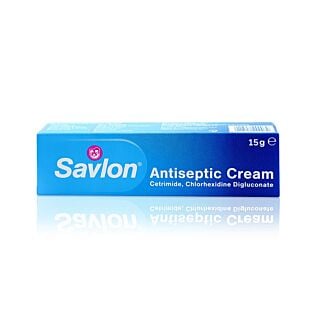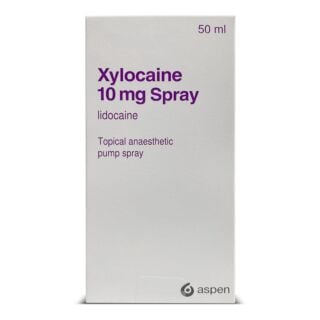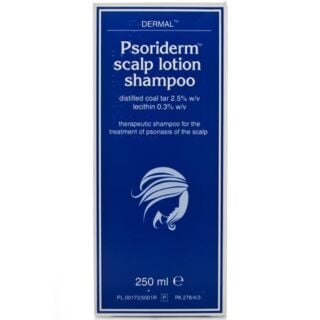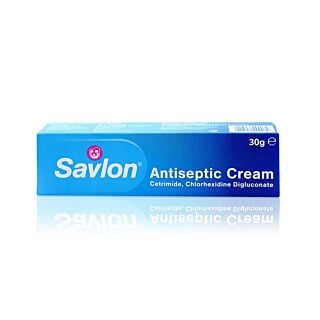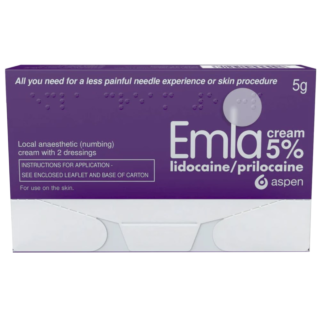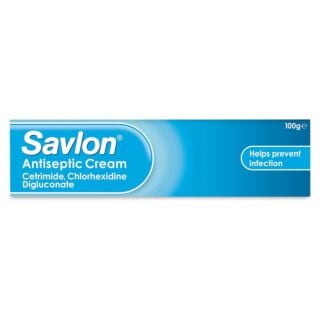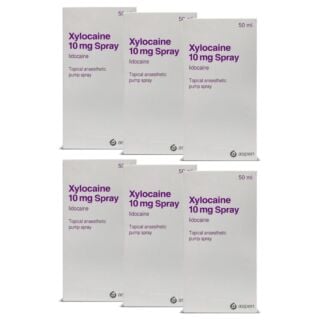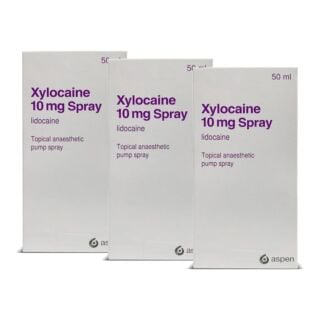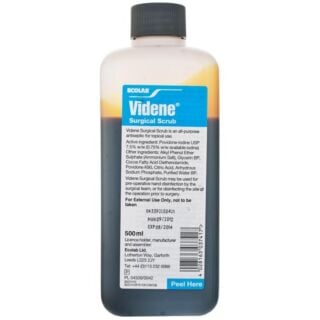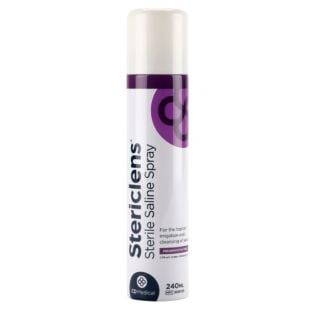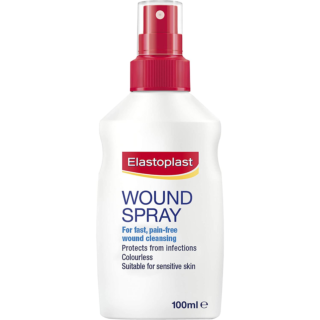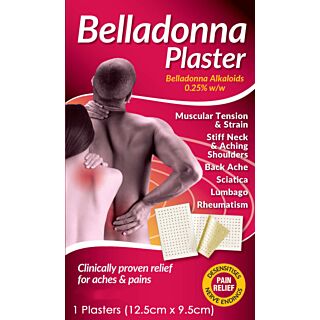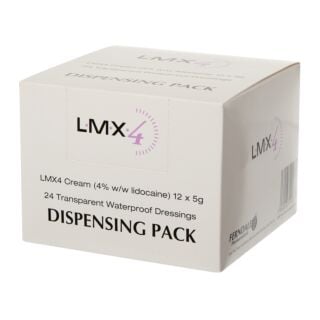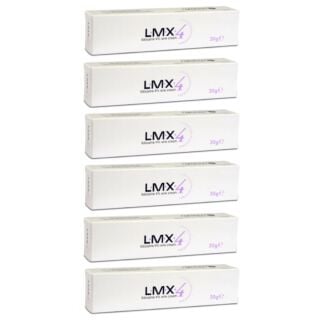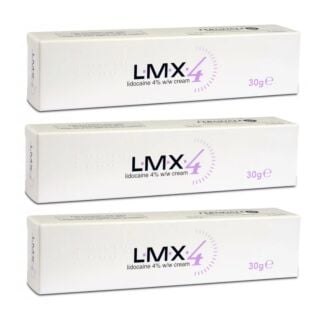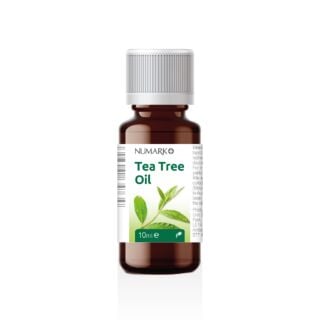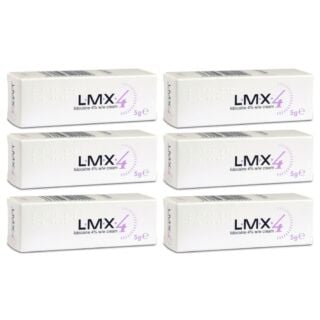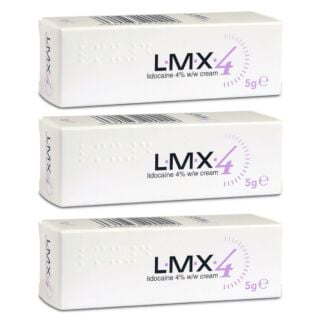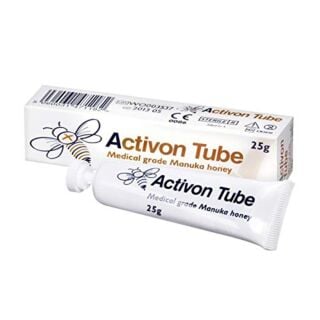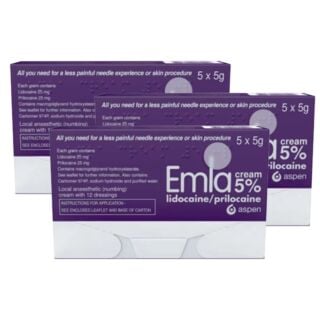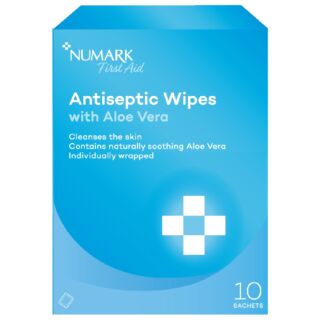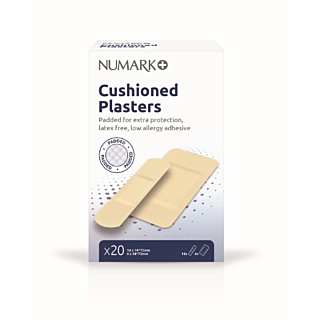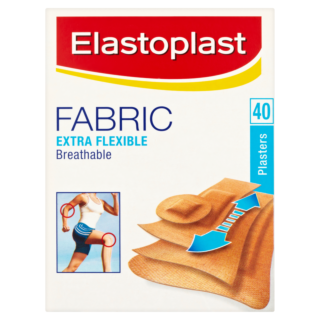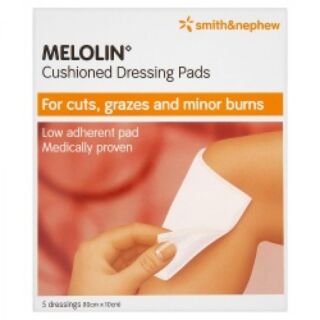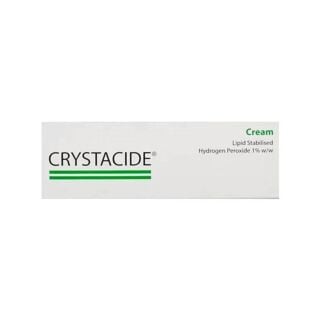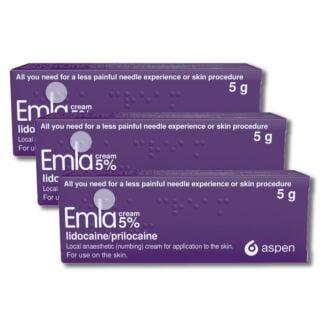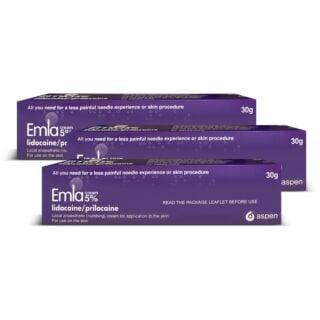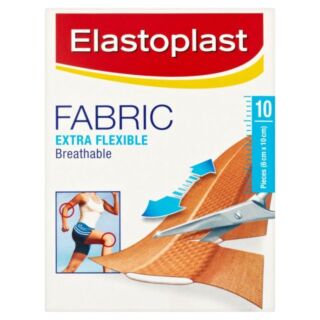First Aid
Of course, you never think an accident or emergency is around the corner. But whether you’re dealing with a small scrape or an emergency, having a first aid kit complete with all the essentials can help you step up when needed. … Read More See less
First aid can help to prevent more serious injury and even loss of life.1 St John’s Ambulance estimated that 140,000 people die each year in the UK from incidents where first aid could have potentially saved their lives.2
So, let’s go through some of our top tips for providing first aid and identify all the essentials for a well-stocked first aid kit. From the best antiseptic cream and cream for burns to bandages, pain relief patches and a variety of different medications.
What is first aid and when should it be used?
First aid refers to the immediate action taken to help someone in the event of an accident, injury or illness.3,4 It can be carried out by a non-medical civilian before professional medical help arrives or it may be use by first responders, such as paramedics or firefighters.3,4
First aid is meant to reduce suffering, prevent further illness and, potentially, save lives.3 It can range from cleaning and bandaging minor cuts and scrapes to injecting adrenaline in someone with anaphylaxis (a severe allergic reaction) or cooling and wrapping a burn.3,5
First aid provision is a legal obligation in every workplace in the UK, regardless of the size of the company.4
Common non-emergency conditions and symptoms
First aid can be used for a variety of non-emergency incidents, such as:3,6
- Bug, tick bites and stings
- Minor allergic reactions
- Knocked out (avulsed) teeth
- Minor burns, such as sunburns or burns small enough to cover with your hand
- Nosebleeds
- Minor sprains and strains
- Superficial skin wounds, like cuts, scrapes and bruises
Common emergency conditions and symptoms
First aid can also be used to minimise an injury or save lives in emergencies, such as:1,3
- Anaphylaxis (or anaphylactic shock)
- Severe bleeding
- Severe burns and scalds
- Shock
- Asthma attacks
- Bites from snakes or spiders
- Stings from jellyfish and scorpions
- Chemical burns to your eyes and skin
- Electric shocks
- Chest pain or heart attacks
- Low blood sugar (hypoglycaemia)
- Choking
- Broken bones (fractures)
- Head injuries
- Dehydration
- Fainting or near-fainting
- Seizures
- Spinal cord injuries
- Stroke
- Overdoses
- Hyperthermia (or heat stroke) or hypothermia (low body temperature)
- Drowning
- Poisoning
- Frostbite
Common skills needed for first aid
Depending on the injury or illness, a first aider may need to use skills such as:3,5,7
- Bandaging wounds
- Using autoinjectors
- Controlling bleeding by using pressure
- Cooling and wrapping burns and scalds
- Placing someone in the recovery position (on their side with the arm underneath them placed under their head for support)
- Cooling and rehydrating someone with hyperthermia
- Warming someone with hypothermia
- Rinsing a chemical burn
- Cardiopulmonary resuscitation (cpr), if someone is unconscious
- Switching off a power supply, in the case of electric shocks
- Helping someone who’s choking (either with backslaps for partial airway blockages or abdominal thrusts)
- Removing ticks
- Keeping someone still to prevent further pain or damage due to a broken bone
- Supporting someone having a heart attack by sitting them down, making them comfortable and giving them aspirin (unless they have an allergy)
- Monitoring someone’s vital signs (such as their breathing)
- Treating used needle wounds by squeezing the area (to make it bleed) and cleaning it
- Finding out which poison has been ingested so you can inform medical professionals
- Treating shock by lying someone down, supporting their legs and keeping them warm
- Recognising the symptoms of a stroke
- Using automated external defibrillators
What to do in an emergency
If someone is injured or unwell, you should:1,5
- Stay calm – take a deep breath and think carefully about what you need to do
- Dial 999 for an ambulance – in the case of a life-threatening injury or condition, every second counts
- Remember the abcs – airway, breathing and circulation. Check to see their mouth and airway are clear. If they are clear, check for breathing. If they aren’t breathing, start cpr
- Carry out basic first aid – do what you can to support them until the ambulance arrives
If someone is unconscious but breathing, and can be moved, place them in the recovery position until the ambulance arrives.1,5 Continue to monitor their breathing.1,5
If someone is unconscious and not breathing, or stops breathing, call 999 and start CPR as soon as possible.1,5
First aid kid essentials
There is no set of requirements for what should be included in a first aid box.4 However, a first aid box should have as a minimum:4,8
- A leaflet giving general first aid guidance – you may forget what to do in an emergency, so having a visual guide could make a huge difference to someone’s health outcomes
- Waterproof plasters of assorted sizes – minor wounds can be cleaned, patted dry and covered with a blister plaster or medical plaster
- Wound dressing pads – to cover and protect a wound that is too big for a plaster
- Triangular bandages – to tie at the back of the neck and lift a limb, prevent blood loss, or secure a fractured collar bone or hand. These can also be used for sprains and strains if you don’t have any crepe bandages
- Crepe bandages – sprained ankles or wrists should be iced to reduce any swelling and then wrapped with a crepe bandage
- Safety pins – to help secure a bandage
- Tape – also to help keep bandages in place
- Disposable gloves – to protect the patient from germs on their first aider’s hands and prevent the first aider from coming into contact with the patient’s blood
- Sterile eye pads – if the patient has a foreign object stuck in their eye, you can apply a sterile eye pad to protect the area until they can see a healthcare professional
- Tough cut scissors – these can be used to tear through clothing to get to a wound as they will not cut skin
- Alcohol-free wipes – to clean wounds if water is not available
Other products that could prepare you for a variety of situations are:6,9
- Hand sanitiser
- Antiseptic cream for wounds
- Saline wound cleanser
- Hydrogen peroxide
- Eye drops
- Antibiotic ointment
- Hydrocortisone cream
- Antihistamines
- Aspirin
- Paracetamol
- Ibuprofen
- Ice packs
- Tweezers
- Thermometer
- Face masks
- Cotton balls and swabs
- Burn cream
- Anaesthetic cream or spray, anaesthetic throat spray or emla numbing cream
- An autoinjector of epinephrin
- Pain relief plasters
Sources
- https://www.nhsinform.scot/tests-and-treatments/emergencies/first-aid/
- https://thefirstaidzone.co.uk/first-aid-facts/
- https://my.clevelandclinic.org/health/treatments/first-aid
- https://www.unison.org.uk/get-help/knowledge/health-and-safety/first-aid/
- https://www.nhs.uk/tests-and-treatments/first-aid/
- https://health.clevelandclinic.org/heres-what-should-be-in-a-first-aid-kit
- https://www.nhs.uk/tests-and-treatments/first-aid/cpr/
- https://111.wales.nhs.uk/livewell/firstaidkit/
- https://www.mayoclinic.org/first-aid/first-aid-kits/basics/art-20056673
Free delivery when you spend over £30

100% discreet delivery for every item ordered
Fully regulated UK pharmacy
How do you treat a burn?
When you suffer a burn, you need to remove any clothing or jewellery near the burnt area of the skin and then cool the burn with cool or lukewarm running water for 20 minutes.
Keep yourself or the person warm, particularly if you’re cooling a large burnt area, to avoid hypothermia.
Cover the burn with cling film without wrapping it around a limb, and take paracetamol or ibuprofen for the pain if necessary.
What is antiseptic cream?
Antiseptic cream is an important part of a first aid kit.
It’s used to soothe and heal wounds, and it protects against infection when you’ve had a cut, graze, burn, insect bite or any other minor wound.
Antiseptics work by weakening the growth of bacteria, not to be confused with an antibiotic, which works by killing bacteria.
What is the best thermometer for children?
If your baby feels hotter than usual on their forehead, back or stomach, or they’re feeling sweaty or clammy with flushed cheeks, you may need to check their temperature.
The NHS recommends using a basic digital thermometer and placing it under their armpit for about 15 seconds, or for however long it says in the manufacturer’s instructions.
This is the recommended way to take a child’s temperature until they’re 5 years old.
What should be in a car first aid kit?
Keeping a first aid kit in your car or vehicle is really important in case of an emergency, especially if you spend a lot of time driving.
You should try to keep a full first aid kit in your car, including the essential range of bandages and dressings, creams and medicines, as you never know what you’ll need when the time comes.
Which bandages do I need in my first aid kit?
That random box of plasters you’ve got hiding in your cupboard somewhere probably isn’t going to cut it when you’ve got a nasty wound to deal with!
Plasters are, of course, a vital part of the first aid kit, but you need to make sure you’ve got a range of different shapes and sizes.
You’ll also need small, medium and large sterile gauze dressings, a triangular bandage, crêpe rolled bandages and sterile eye dressings.

